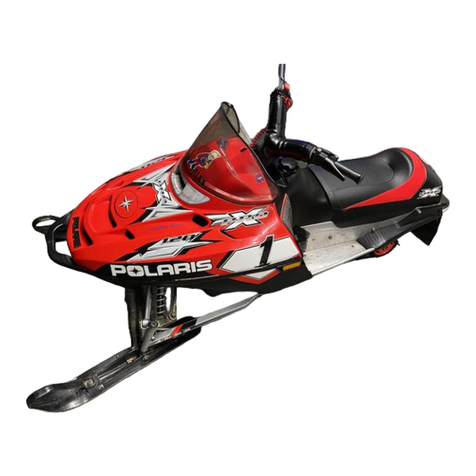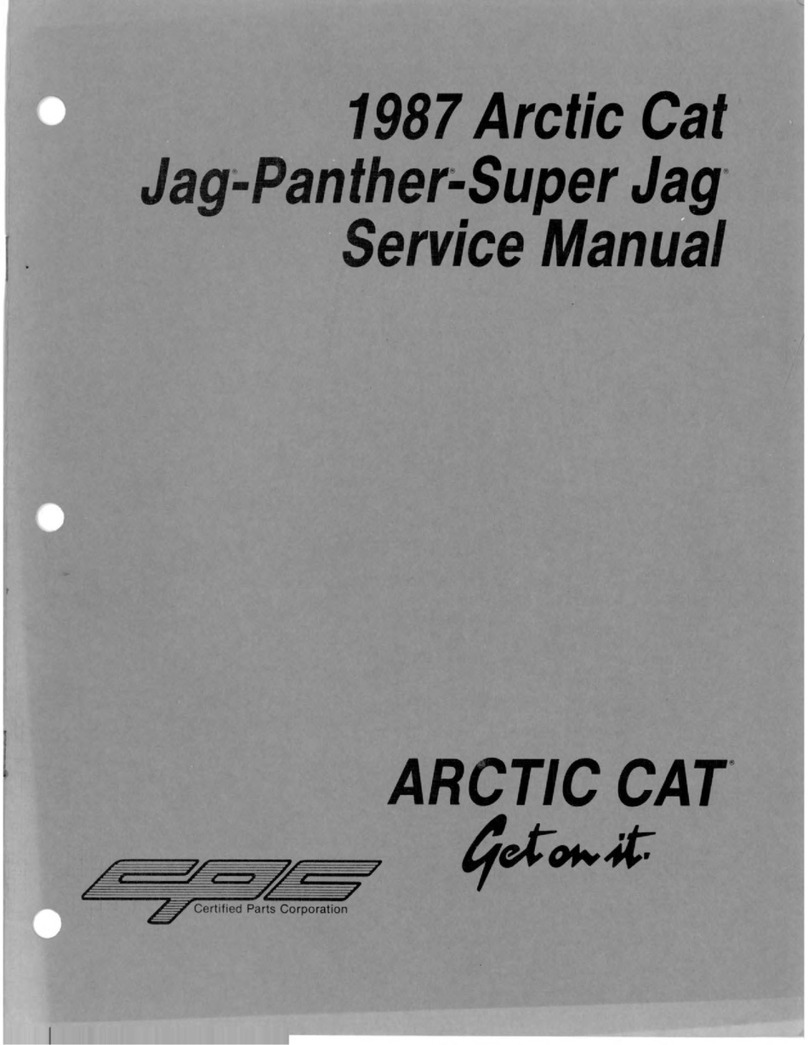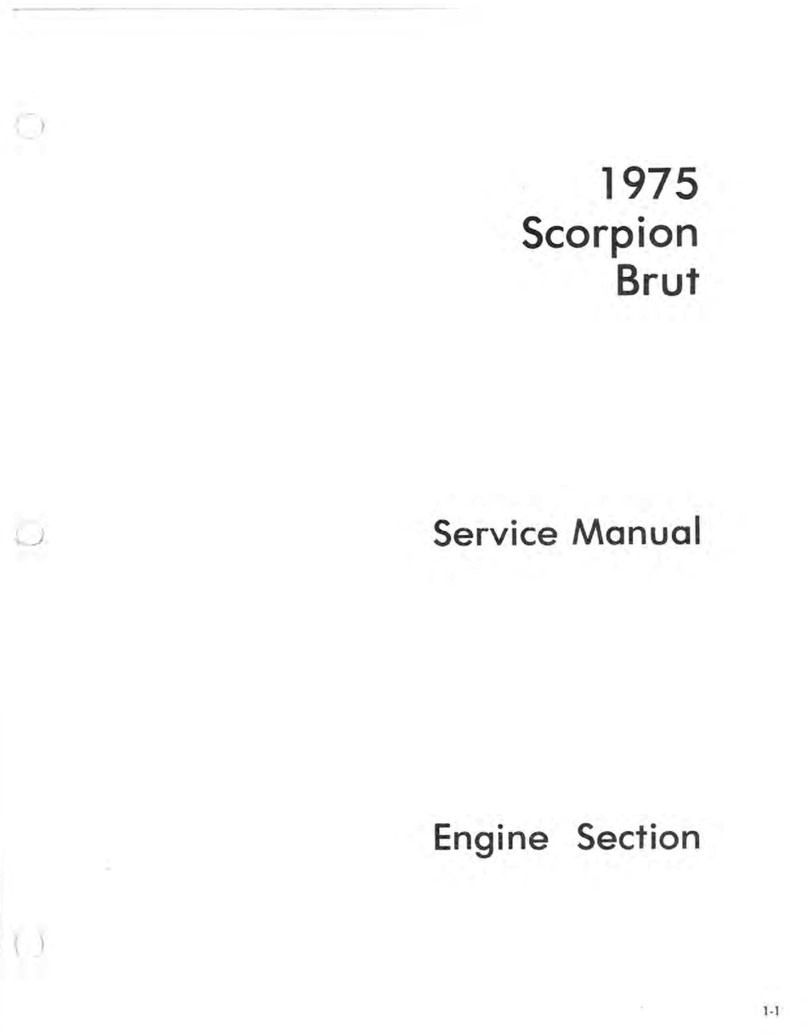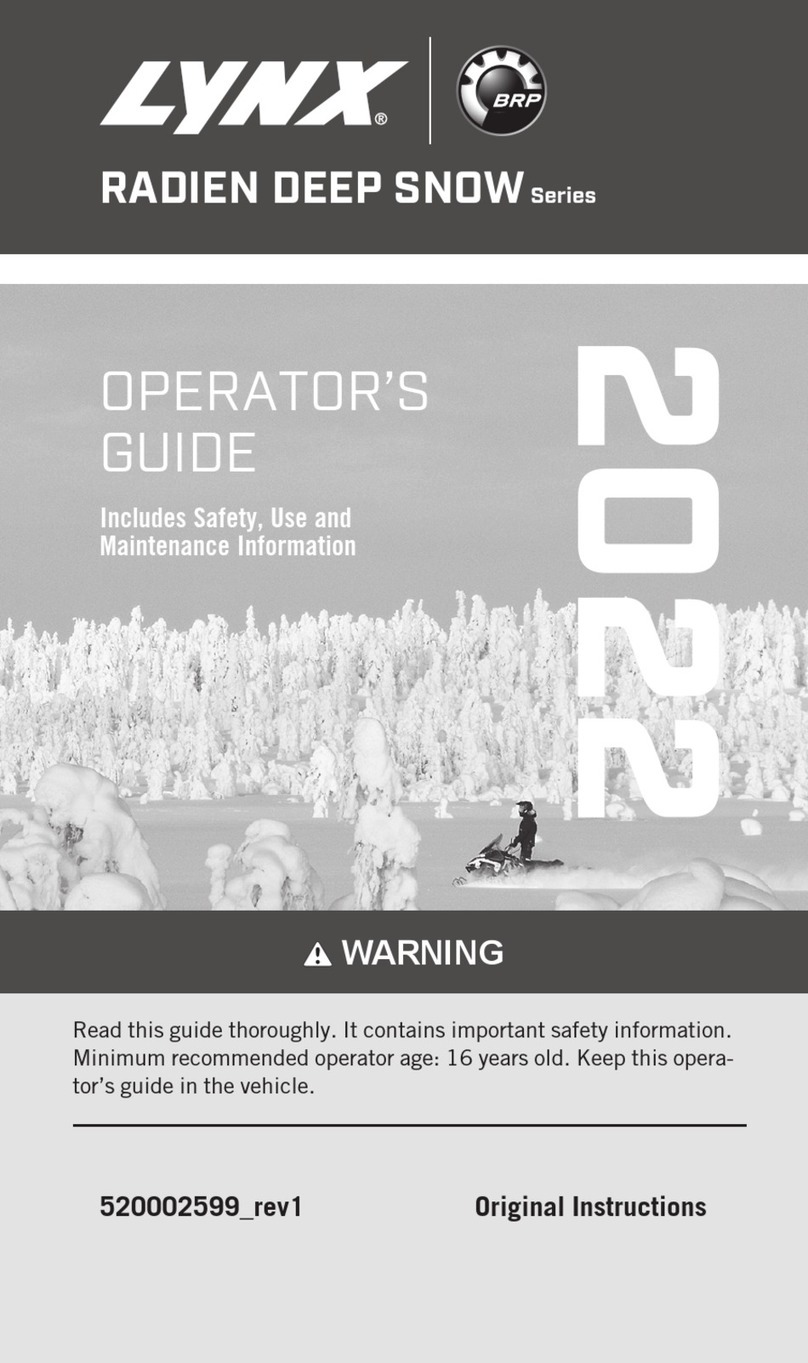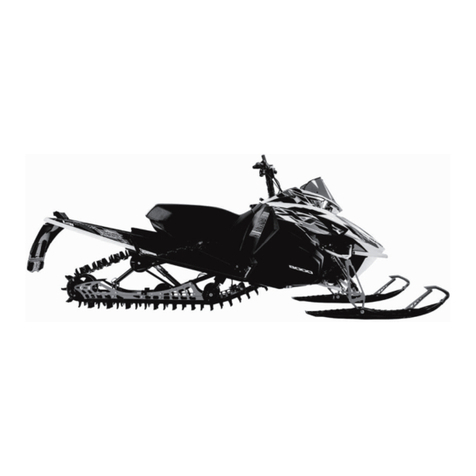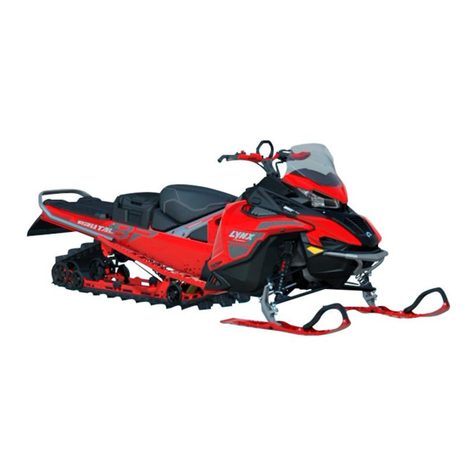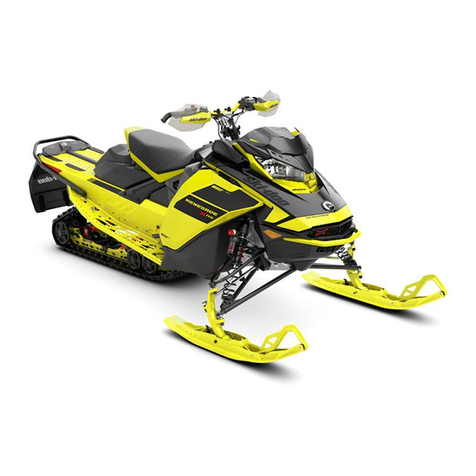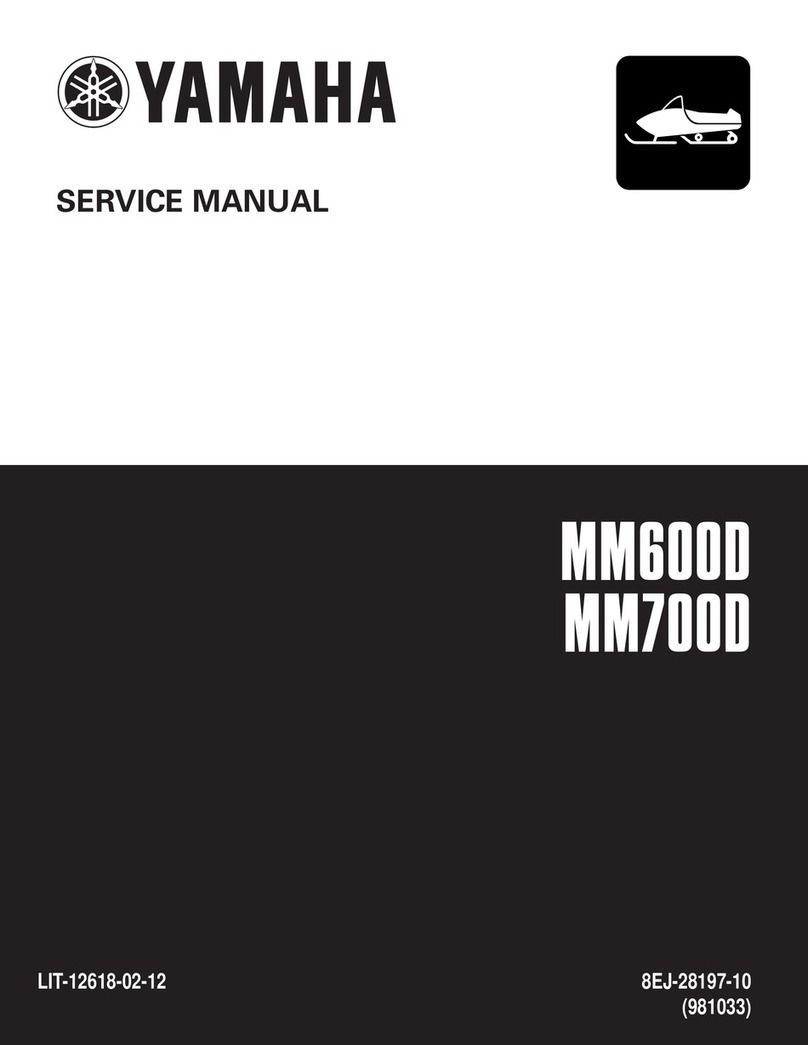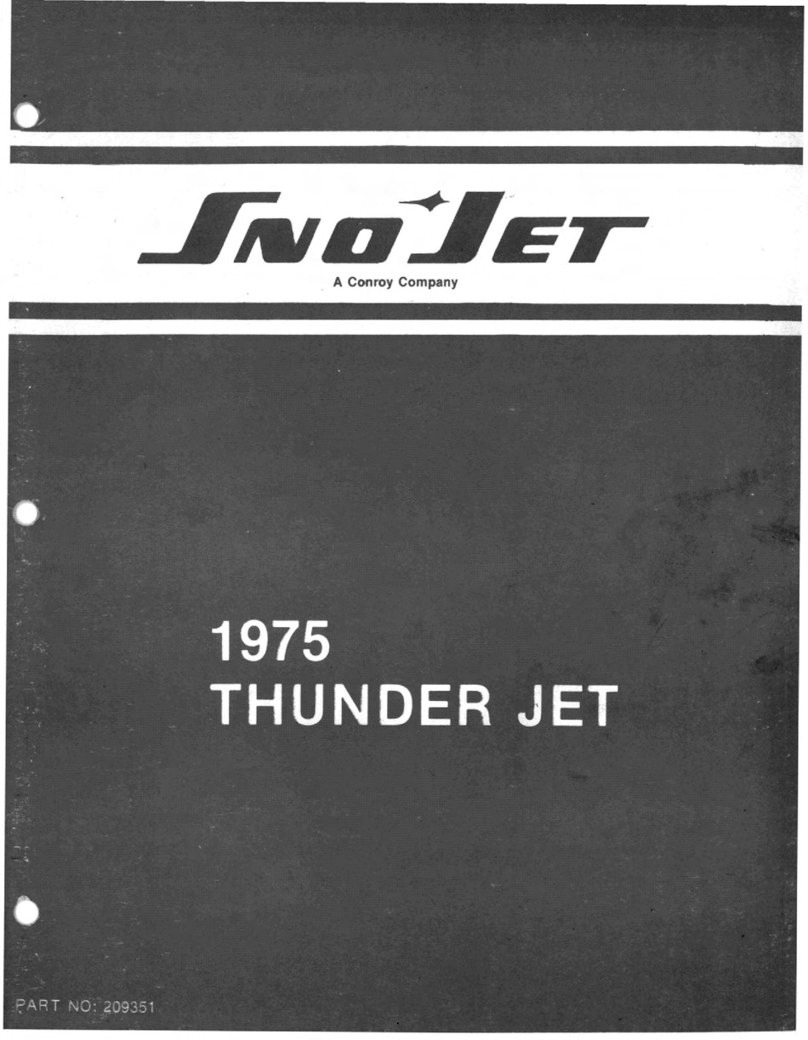TINGER TR5 User manual

TABLE OF CONTENTS
Introduction...............................................................................................................................................2
General data..................................................................................................................................................2
Specified lifetime, storage period and conditions .................................................................................................2
Capacity........................................................................................................................................................5
Technical characteristics..................................................................................................................................6
Details on safety measures..............................................................................................................................8
Control parts and apparatus............................................................................................................................11
Exploitation..................................................................................................................................................18
Driving...........................................................................................................................................................23
Baggage uplifting and transportation...............................................................................................................24
Exploitation in special conditions.....................................................................................................................25
Accessoires and additional equipment..............................................................................................................29
Schedule maintenance...................................................................................................................................31
Schedule maintenance' work plan....................................................................................................................33
Refill capacity...............................................................................................................................................36
Testing certificate.........................................................................................................................................37
Certificate of acceptance, conservation and utilization........................................................................................37
Critical denial listing and limiting conditions criteria..........................................................................................38
Removal from operation and utilization............................................................................................................39
V9 2019.02

2
DEAR CUSTOMER!
The «Mekhanika» company thanks you and appreciates your choice of our vehicle. Please
get acquanted with present Manual of exploitation for the safe and accident-free exploitation of our
ATVs.
GENERAL DATA
TINGER tracked all-terrain vehicles serve for the transportation of people and baggages generally on
snow and swampy off-road conditions, and also through forest roads, broken terrains and other
impassable areas. ATVs are characterized by the possibility to pass deep snow cover with low floatation
features and also overhydralized clays (fluid-flow state), clay loams, areas covered with the organic
mass (peat or silt) with the thickness not more than 300 mm, and natural and artificial bends, hillsides,
trenches, mucks and swampy spaces.
SPECIFIED LIFETIME, STORAGE' PERIOD AND CONDITIONS
TINGER tracked vehicles' reliability in exploitary conditions stated in general data is characterized
•storage period - 1 year
Stated specified lifetime is not avialable for details and components subjected to timewearing,
periodic replacement, with limited lifetime (brake pads and discs, catenary loops, driving belts, filters,
accumulator battery, exploitary liquids, etc.).
One of important factors providing flawless ATV' exploitation is its' correct storage. Correct storage
decreases the impact of external factors and provides operability of technical characteristics of all-
terrain vehicle during the whole specified lifetime.
• by : specified lifetime - 6 years

3
To keep your ATV in an operable state and constant readiness for the usage after the storage you
must follow pointed rules due to the regular exploitation (at least once a month):
•detrain the all-terrain vehicle;
•clean the all-terrain vehicle from dirts and foreign objects including passenger end engine blocks;
•store your ATV in a specifically equipped place (heated and nonheated rooms, tents minimizing the influence of
the external factors on the vehicle and providing an easy access to it);
•turn the ATV' "mass" off;
•fix the ATV with counterrecoil devices;
If you use your snoswampmobile irregularly (less than once a month) you must add followed points to
the already stated:
•slack off tracks' pulling;
•turn off and remove the accumulator battery;
If you plan not to use the ATV more than 3 months you must conservate your all-terrain vehicle to
provide its' safety due to long-lasting inactivity. To perform the conservation it is necessary to:
•store the ATV in a specifically equipped place (heated and nonheated rooms minimizing the influence of external
factors on the vehicle and providing an easy access to it);
•carefully clean the ATV from dirts outside and inside;
•detrain the all-terrain vehicle;
•change the engine oil;
•lubricate catenary loops;
•lubricate collars of driveshafts, bearing and holding rollers;
•slack off tracks;
•post and fix the ATV with bums under the lower body along the whole length in such way when tracks don't touch
the floor;

4
•slack off the aggregates' driving belt;
•turn off and remove the accumulator battery;
•pour the extra-amount of the fuel. Fuel level in the capacity must be not more 1/4 of the tank' height;
•cover the ATV with the special tent.
If the storage period is above the stated one (12 months), it is necessary to change engine oil and
entirely check the workability of all ATV' systems before the riding.
MANUFACTURER' WARRANTY
Manufacturer warrants you the accordance of the TINGER all-terrain vehicles to technical
requirements due to the following exploitary', maintenance' and storage' rules. You can find the more
detailed data on warranty and its' terms in the correspond part of the Service book. Warranty period of
the TINGER all-terrain vehicle is 12 months or 200 operation hours (depending on what moment
comes earlier).

Capacity TINGER TR5
5

6
TECHNICAL CHARACTERISTICS OF TINGER TR5
Engine type 4-stroke overhead-valve petrol engine, electronic ignition, underpressured
lubricant and oil filter
Engine mark SQRB2G06
Power kWt (l.s.) on r/min 42(57,1) on 6000
Volume, cm3812
Amount of cylinders 3
Amount of valves 12
Cooling system Liquid
Starter Electronic
Brakes Hydraulic
Control Ergonomic control by one steering lever
Transmission Transmission with planetary differential having hig and low gears and reverse
gear
Driveshaft Moment of engine goes over the variator to the gearbox and then to the driving
sprocket
Frame
Towing device
Welded construction of steel section with heavy-duty and long durability.
Protective coat of polyether spatter
Maximal job of the ball - 100 kg
Body Vaccum-pressed high-density polyethelen
Model TR5

7
Elevating capacity 500 kg
Towing capacity 1100 kg
Amount of passengers 5
Volume of gasoline tank 110 litres, polyethylen gasoline tank
On-ground speed 35 km/h
Dead weight 1100 kg
Soil bearing pressure
Length 3430 mm
Width
Height 1300 mm
Height with tent 2030 mm
Clearance 300 mm
Temperature interval -30° C … +30° C
0.05 kg/cm2
1945 mm

8
DETAILS ON SAFETY MEASURES
All-terrain vehicle it's not a toy! Its' driving may be dangerous! ATV' driving
needs skills of driving tracked vehicle.
All-terrain vehicle is an non-road vehicle meant to drive on snow cover and swampy areas, forest
roads, rough terrain and other impassable places.
ATTENTION!
•follow all instructions for the storage, maintenance and exploitation of the ATV stated in present Manual
and on informational plates mounted on the all-terrain vehicle body.
•don't start to ride the ATV without the previous coaching and training.
Driver must have Class A License for a tractor' drivers.
•It is forbidden to drive the ATV to persons under the age 16.
•It is forbidden to drive the ATV without the certified and correctly clasped head helmet of your size. You
also must use protective glasses, mask or screen covering your face; ride in gloves, high boots,
slong-sleeved shirt and triousers.
•It is forbidden to drive the ATV in intoxicated state.
•Check the whole ATV and its' mechanisms statement before every riding.
Carry out all instructions for the checking and maintenance of your all-terrain vehicle according to
the reglament stated in present Manual.

9
•ATV' manipulating differs vastly from the manipulating the other vehicles such as motocycles
or automobiles. Due to non-compliance to the precautionary measures emergency situation or
rollover may occur within such typical moves as turnovers, motion on hilled areas and passing of
obstacles.
•be extremely careful while choosing the route! Correlate possibilities of the ATV with environmental
factors. Remember that TINGER has wide but not unlimited possibilities in motion in non-road
conditions.
•don't drive with the speed that is not odd to your driving skills or move conditions. Speed must accord
to the surface' statement, vision conditions and other external conditions, and also your
driving experience.
•It is necessary to keep the steering wheel with both hands andf push the floor by legs while riding.
Move slowly and be very attentive while moving in unfamiliar terrain. Be constantly readyfor changes
in road conditions.
•don't pass through large obstacles like boulders, fallen trees, ditches and stubs. Collision with such
obstacles may lead to deterioration of the suspension' elements.
•it is forbidden to use the ATV on automobile roads of public service with solid cover including streets,
footpaths and parkings.
•while riding on the soil ground and streets of public service track attentively the motion of other vehicles.
Make sure the local law doesn't forbid the ATV' motion on soil ground.
•we recommend you to avoid the ATV' riding on extremely rough surfaces till your driving skills is
not at the level allowing to drive confidently in such conditions. Be very careful on such parts of the
route.
•don't lift on too sharp bends if you don't sure your driving skills allow you to perform such lifting.
Begin to raise your skills on small obstacles and only after that try to pass hillside.
•avoid diagonal descents, otherwise the ATV may bend sharply. Drive along the hillside if it's possible.

10
•in the case of reverse motion always check is there any obstacles or people behind you. Keep the low speed.
If it's necessary ask other people for help. It will help you to perform the manoeuver more safe.
•always switch off the engine during the fuel filling. Don't smoke while filling and don't
perform the filling near the sources of sparks, free flame and in other places where the flame
formation is possible. Flashed petrol may cause burns.
•the petrol is toxic. If the petrol entry into your eyes, digestive tract, and also after long-lasting impact of petrol
vapour it is necessary to immediately apply for the medical help. If the petrol gets on your skin,
wash this place with water and soap. Change splashed by petrol clothes.
•provide horizontal statement of the ATV while transporting it by other vehicle. Otherwise fuel leak from
the tank may occur.
•don't modify the ATV by yourself. Don't install unoriginal accessoires and additional equipment.
Apply to authorized TINGER Dealer for the installation of accessoires and equipment.
•don't exceed the allowed elevating capacity of the all-terrain vehicle. The baggage must be correctly located and
fixed on the ATV.
•in the case of long-lasting parking in the street untwist the drain plug on the lower body of the ATV.
It prevents its' filling with a rainwater.
•maintain the ATV in a well ventilated place. Don't start the engine in the closed room. Exhausted
gases are toxic and can lead fast to a faint and death.

11
CONTROL PARTS AND AGGREGATES
pc. 1
7
3
1542
910
11
12
13
6
8
14 15
16
17
18 19
25
20
21
22
23
24
pc.1
1 - steering wheel
2 - accelerator handle
3 - brake handle
4 - engine emergency stop button
5 - glimmers switcher
6 - gearbox switcher lever
7 - ignition locker
8 - power supply socket «+12В/10А»
9 - brake cooling start button
10 - engine forcing engine cooling blowers start button
11 - bilge pump start button (option)
12 - windscreen heating start button (option)
13 - windscreen wiper start button (option)
14 - engine error indicator
15 - engine increasing temperature
indicator
16 - AB charging indicator
17 - oil pressure indicator
18 - revmeter
19 - engine temperature indicator
20 - speed indicator
21 - button switching km/h, miles/h
22 - button switching oper.hours/km
23 - indicator oper.hours/km
24 - fuel level indicator
25 - vehicle network' voltage indicator

12
Ignition locker has followed functional statements:
•OFF - all electric equipment and chains are off. You can insert and remove the ignition locker only in this
position.
•ACC - glimmers and lights turned on after the starting of switcher of lighting equipment.
Engine electric chains are inactive, engine start is impossible in this position.
•ON - all electric equipment is on, engine electric chains is active. Glimmers and lights turned on after the
starting of switcher of lighting equipment. Engine staring is performed in this position.
•ST (START) - engine start. Turn the ignition locker into the ST position and keep it till the engine is
started. After the starting let the locker and it will come back to the ON position indipendently.
ATTENTION!
There is an engine emergency stop button mounted on the steering wheel. If it is in the OFF position you
can't start the engine.
Cooling liquid temperature indicator demonstrates the temperature of an engine' cooling liquid.
ATTENTION!
The Owner must track the temperature of the engine and engine block, take into account exploitary
conditions and external factors impacting on the engine' overwarming, and also do not allow the ATV'
overload. Careless tracking of the temperature may cause the deterioration of the engine and/or its'
components, defects of the body, brakestaff and other elements of the ATV. To avoid the engine'
overwarming the ATV is equipped with the button of forcing start of cooling system' blowers. If the
indicator shows the temperature above the nominal (more than 100 degrees) during the motion, turn
this switcher on and stop the ATV as soon as possible, shut off engine and let it cooldown for 15
minutes.

13
Fuel level indicator indicates fuel amount in the fuel tank. This indicator lights fully to the F symbol (full),
and as the level is decreasing it goes to the E symbol (empty).
ATTENTION!
Avoid the full drainage of the fuel tank due to it may cause the deterioration of the fuel pomp or the cutting
of its' productivity. These factors in turn lead to violations in the engine work.
Operation hours indicator shows how many time is the ATV in the working state. Track this indicator so it
will help you to perform the schedule maintenance in-time.
Oil pressure indicator.Pay attention to this indicator: if it doesn't slake in 3-5 seconds after the engine
is started or turns on during the work, shut off the engine immediately and don't make any efforts to
restart it till the damage' reason is not eliminated. To detect and eliminate causes of the violation please
apply to the official TINGER Dealer.
Engine error indicator.Indicator must light on when the ignition is started and slake in 3-5 seconds. If
it doesn't turn on due to the ignition, doesn't slake or blinks upon the expiry of the stated time, this
shows you defects in monitoring of engine control electronic systems (ECES). To detect and eliminate
causes of the violation please apply to the official TINGER Dealer. We don't recommend you to operate the
all-terrain vehicle with the defects in ECES due to it may lead to the violations in other elements in the
ATV.
Accelerator handle serves to mark and keep the needed rate of the working engine and to regulate the
ATV speed. Engine rate increases by turning the accelerator handle to yourself and decreases when turn in
the reverse direction. When let the handle down due to the action of reversing spring it will come back to
starting position, and the engine will come back to the rate of idle speed.

14
ATTENTION!
It is necessary to check the operability of the accelerator handle before starting the engine.Handle must
rotate easily and without any jams and return into the starting position. If you detect any violations of
the operable state observe attentively all mechanisms (accelerator handle, cable, throttle stack) and
eliminate the cause of violation before the riding. It is forbidden to operate the ATV with the
defective accelerator handle!In the case of defects in accelerator handle you will have some troubles
with speeding and braking. This in turn leads to emergency situations and accidents. If you can't
eliminate the damage by yourself, apply to the authorized Dealer.
Brake handle is mounted on the steering wheel in the left and serves to delay, stop and fixation of the
ATV in the motionless statement. To delay and stop push the lever onto the handle. To fix the all-terrain
vehicle in the motionless statement fix the handle in the pushed position and press the stopper
simultaneously. Make sure the brakestaff is operable before the riding. Check the level of brake liquid
and press/ease the lever for several times. «Elastity» of the lever while pressing demonstrates the
operability of the brakestaff. If there is no resistance check the brake system and eliminate the violation.
If you can't eliminate the defect by yourself please apply to the official TINGER Dealer. It is strongly
forbidden to drive the ATV with broken brakestaff!
Glimmers switcher. To turn on the dimmed headlights and external lights set this switcher into the
«ON» position, and to shut off all light aggregates set the switcher into the «OFF» position.
ATTENTION!
Don't turn on the light for the long time with the engine is off. It may cause discharge of the
accumulator battery and it in turn leads to the impossibility of engine' start.

15
Gearbox switcher lever. With the help of this lever you can choose low (L) and high (H) gears, and
also neutral (N) and reverse (R) gears. Visual location and the scheme of switching is mounted on the
lever' handle and information plate.
Power supply socket is mounted on the dashboard of the ATV. The socket serves to insert electric
aggregates and additional equipment with the cut-in voltage 12V, input power not more than 120Wt and
current not more than 10A. Cover the power supply socket with protective cap if it is not in usage at the
moment. Use the power supply socket only with the started engine.
ATTENTION!
The work of the additional equipment with not started engine may be the cause of accumulator battery'
discharging and it in turn leads to the impossibility of the engine' start. Don't use electric equipment
with characteristics above the acceptable values. It may cause the wirework' overload and blowing out
of fusible plugs. It is forbidden to use cigar sockets or such equipment which can damage the
power supply socket due to warming!
ATTENTON!
Gearbox with the cam clutch of start. Don't make too much efforts to insert needed
gear especially while the ATV is not started.In the case of difficult insertion slowly
increase engine rates with the lever is pressed. Switch gears only after the whole
stop of the all-terrain vehicle with the minimal rates. Make sure the previous gear is
off by insertion of the neutral gear before the starting of further gear. To provide the
correct work of the gearbox switch gears only by paths stated in the scheme.
Noncompliance of these rules may lead to incorrect work of the gearbox and its'
breakdown.

16
Battery charge indicator shows the deficient level of the accumulator battery' charge with the started
engine. Due to the ignition this indicator must light on and slake after the engine is started. If the
indicator doesn't slake, blinks or lights on while moving, this detects the deficient level of charge. One of
the reason of deficient charge is defects in generator, battery charging circuit, large amount of
simultaneously working current recipients.
ATTENTION!
Explotation of the ATV with this indicator is on will lead to the deep discharging of the accumulator
battery and its' breakdown. This in turn causes the impossibility of the engine' start. If the damage
is detected eliminate it by yourself or apply to the TINGER Dealer into the Service center.
Cut-in voltage indicator shows the measure of the cut-in voltage in ATV' wirework.
Revmeter shows the measure of the engine rate х100.
ATTENTION!
Long-lasting motion on high rates(more than4000r/min)leads to hard warming of the engine and
elements of the exhaust system, and also to early loss of details of transmission, brakestaff,
suspension and tracks. Choose the optimal combination of the gear and rates during riding.
Speedometer shows the speed of the all-terrain vehicle during the motion. Maximum speed of the
motion - 35 km/h.
Steering wheel. We use motocycle steering wheel to rotate on the motion. The vehicle will rotate right
if you let your right hand to yourself and left in the reverse direction. If you change positions of your
hands the vehicle will rotate left. The steering wheel is springed so it return into the central position
automatically. The hydraulic system of the steering wheel is in neutral position without the pressure
passing to the steering supports in this position.

17
The operating cycle of the steering wheel is not proportional to the turning radius. You'll gain the needed
turning radius by keeping the steering wheel in the required position. Don't make much efforts on the
steering wheel while manoeuvering due to it may cause its' breakdown.
Brake cooling start button serves to start forcing cooling of brake mechanisms and steerage. To
avoid the overwarming and breakdown of brakes and steerage mechanisms you must always turn on
the forcing cooling if the motion pattern means their frequent usage.
Engine emrgency stop button serves for the fast stop of the engine in the case of emergencies
(rollover, flooding, etc.). Don't use this button for the typical stop of the engine.
Bilge pomp start button (option) starts the pomp for dewatering of the bilge spaces of passenger and
engine blocks. Use it if it's necessary. Productivity 28 l/min.
Engine forcing engine cooling blowers start button starts the blower of left radiator independently
of the working temperature of the engine.
Windscreen heating button (option) starts on the heating of the windscreen to remove weeping
and icing.
Windscreen wiper button (option) starts on the wiper to remove the extra-amounts of moisture and
snow from the external surface of the windscreen.

18
EXPLOITATION
Perform the followed checks and observations before the exploitaion of the ATV and before every
riding. If you detect any violations, remove them by yourself or apply into the Service center to the
authorized TINGER Dealer.
Parameter Actions and criteria
Fuel
•check the fuel level in the fuel tank. Fill it to the maximal level if it's necessary.
Don't fill over the tank. Check the density of tank cap' fixation.
•observe the fuel-feed tubes for the leaks.
Engine oil1
•check the level of engine oil. It must be located between Max and Min marks.
Fill it to the Max if it's necessary.
•observe the engine block for the leaks.
Transmission oil1•check the oil level in the gearbox.It must be located between Max and Min marks.
Fill it to the max if it's necessary.
•observe the cooling system of the engine for the leaks.
Cooling liquid1•check the level of the cooling liquid in expansion tank. It must be located between
Max and Min marks. Fill it to the Max if it is necessary.
•observe the cooling system of the engine for the leaks.
Brakes
•observe the mechanisms and hydratubes for the leaks.
•check the level of brake liquid. If the system is waterproof decreasing of the liquid is
caused by time-wearing of brake pads and you don't need to fill it. Maximal level of the
liquid must be only with new brake pads.
•check the statement of brake pads. Minimal thickness of brake-shoe linings must be 1 mm.
•check the operability of brakes by pressing the lever for several times. It must move
smoothly and be elastic.
•check the operability of brakes by braking on low speed. Brakes must provide confident
delay.

19
Parameter Actions and criteria
Loops •check the statement and pulling of catenary loops. Chain slack without weights must
be in intervals 2-5 mm. Chains must be lubricated and don't have any damages.
Steerage
•observe mechanisms and hydratubes for the leaks.
•check the level of brake liquid in expand tanks. If the system is waterproof the decreasing
of this level is caused by time-wearing of brake pads and you don't need to fill it. Maximal level
of the brake liquid must be with new brake pads.
•check the statement of brake pads. Minimal thickness of pads must be 1 mm..
•check the operability of the steerage. The steering wheel must rotate smoothly and
be elastic, and also it should return independently into neutral (medium) position.
Accelerator handle •handle must rotate easily and come back to the starting position by itself.
Tracks2
•check the statement of tracks. Track must have no large mechanical defects.
•check the pulling of tracks. Correctly pulled track has spring with the length of the puller
in 145-160 mm.
Variatory belt •check the statement of the belt. It must have no stratifications or damages.
External light, noise
and light alarm,
switchers3•check the correctness of work and operability of components.
Body •check the presence and reliability of installation of drain plugs.
•observe the body for the defects.
1 - perform the checking with the nonwarmed engine and the ATV is set in a horizontal plane
2 - perform the checking in detrained mode
3 - perform the checking with the started engine

20
ATTENTION!
•It is necessary to check brakes before every riding. If you detect any problems concerned to the
brakestaff and also in the case of decreasing of its' efficiency, it is strongly forbidden to use the ATV
due to it may cause accidents. Eliminate the defect by yourself or apply to the authorized TINGER
Dealer to remove the damage.
•Always let the engine and radiator time to cooldown before you open the expansion tank. Otherwise
you may be burnt by splashed liquid or underpressured vapour. Cover the cap of expansion plug by the
textile while untwisting it. Carefully bleed down pressure.
•Motion on the ATV with incorrectly maintaned or badly regulated brakes and steerage may cause
the deterioration of delay and braking, causing the emergency situations.
START OF THE ENGINE
•switch the gear on the neutral (N) position;
•press and keep the brake lever;
•make sure the engine emergency stop button is in ON position;
•turn the ignition locker into the «ST» statement and start the engine. When the engine is started, let
down the locker and it will return into the «ON» position automatically;
•make sure all emergency indicators slaked;
•warm the engine till it gets to the rates of idle speed (950-1000 r/min).
ATTENTION!
•Rates may reach 2000 r/min during the warming of the engine. Don't try to turn on gears till the rates
are not go to the idle speed (950-1000 r/min). This may lead to the breakdown of transmission
elements.
•Don't operate the starter more than 5 seconds through to avoid its' overwarming. Wait at least
30 seconds before every further starting to let it to cooldown and recover the accumulator battery'
charge. Don't try to restart the engine before its' full stop.
Table of contents



